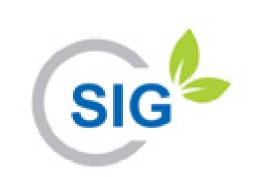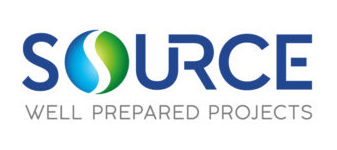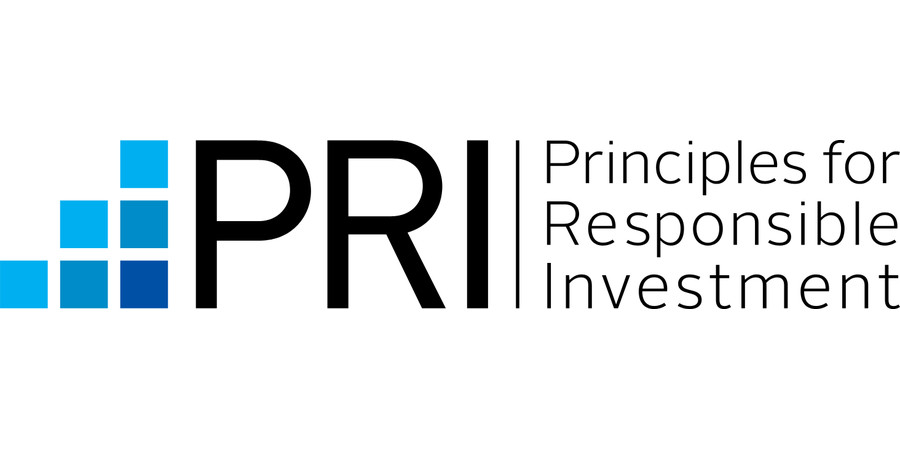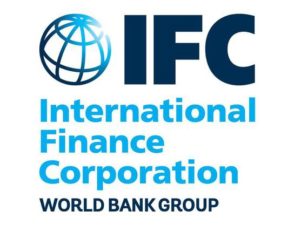
The Sustainable Infrastructure Guidelines for Chinese International Contractors (SIG) are a voluntary guidance document developed by the China International Contractors Associations for Chinese enterprises engaged in infrastructure projects overseas to enhance sustainability performance across economic, social, environmental and governance aspects. The guidelines propose a broad set of sustainability indicators covering the entire life cycle from funding, planning, design, building, operation and maintenance to closure. The SIG may also serve as a tool for evaluation of sustainability on completed projects.
Lifecycle Phase(s): Project PlanningGeneral strategy for a project’s delivery is developed., Concept DesignTechnical experts broadly outline the project’s basic characteristics., FinanceDevelopers decide how to pay for their project., Detailed DesignTechnical experts further elaborate the Concept Design., ConstructionThe asset is constructed in line with design, budget and timeline., Operation and MaintenanceInfrastructure assets are managed and maintained during their use time.
Type(s) of Tool: GuidelinesOperationalize sustainability principles, less specific than Benchmarks or Rating Systems.









